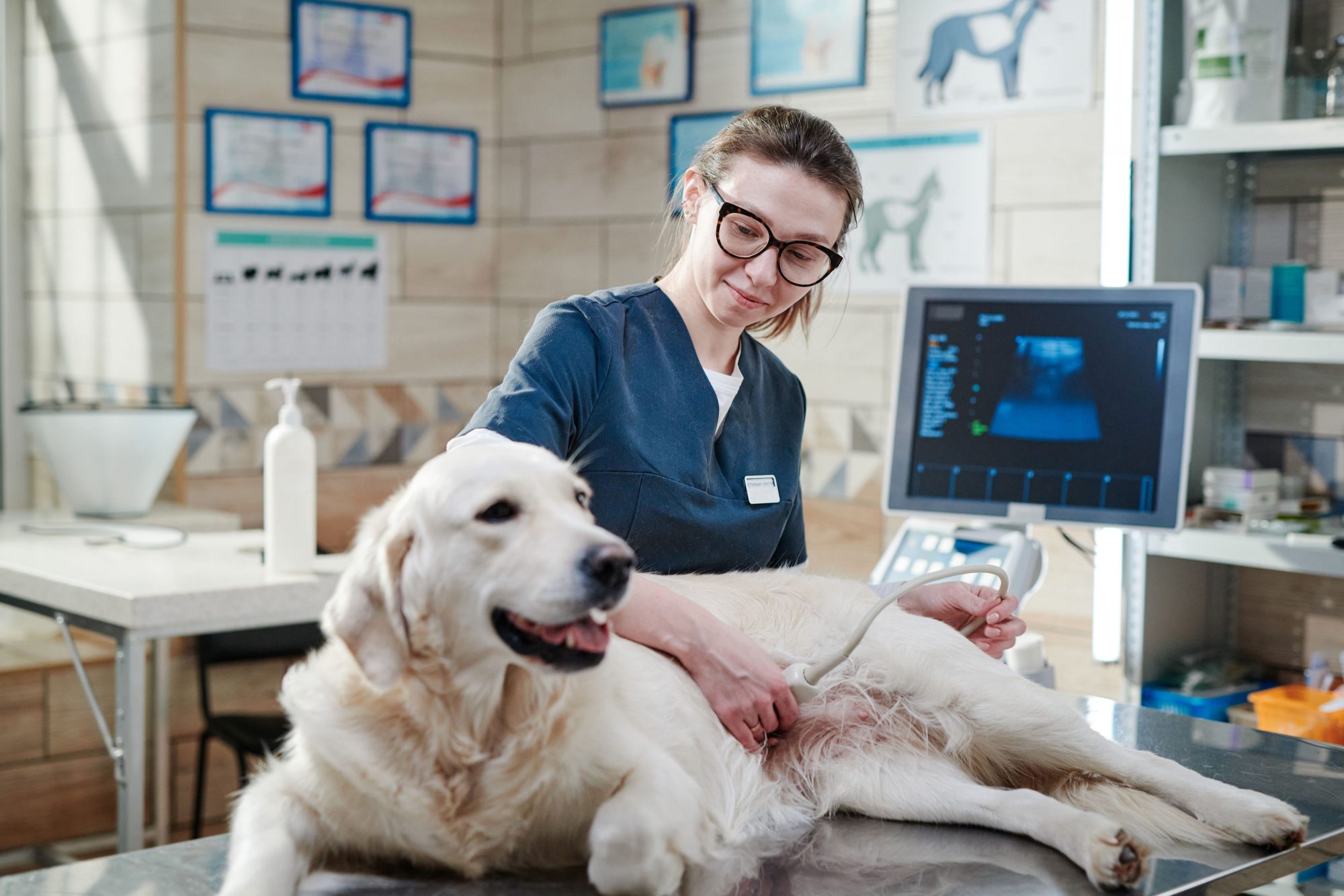Why Your Vet Might Recommend a Pet Ultrasound

Veterinary medicine gets more and more advanced with each passing year. In many ways, the diagnostics and treatment options that we are able to offer are very similar to those in human medicine. When it comes to diagnosis of a problem with your pet, pet ultrasound is a more advanced option that can be helpful. East Sacramento Veterinary Center is proud to bring this testing modality to you and your dog or cat.
Pet Ultrasound
Pet ultrasound is a way for us to get a good, non-invasive look at your pet’s insides.
Ultrasound uses high frequency sound waves (don’t worry, neither your or your pet are able to hear them) to create a live image from inside the body. A probe is used to apply gentle pressure against the wall of the body to see a targeted area inside.
Pet ultrasound is:
- Noninvasive
- Painless
- Relatively quick
- Without side effects
Why We Ultrasound
There are many reasons why a pet may benefit from having an ultrasound. Our team may use it as a tool to further investigate a suspected problem, explore an unexplained symptom, or even use it as an aid when collecting samples. Some of the more common reasons we perform an ultrasound for pets include:
- To investigate vomiting or diarrhea
- When staging cancer
- To get a better look at an organ that is showing signs of trouble (for example elevated liver values on blood work or chronic urinary infections)
- To help get a biopsy or fluid sample
- In order to monitor pregnant patients
- To assess the heart
When we perform an ultrasound, we are able to look at the size, shape, and other characteristics of individual organs. While an X-ray only shows us a silhouette of the individual organ, an ultrasound can tell about the makeup of that organ, its blood supply, and even sometimes how it is functioning.
What to Expect During an Ultrasound
We do need to shave the area of the pet being examined in order to create a good picture, but a bad haircut is a small price to pay for the wealth of information we are about to gain. In general the hair will grow back in 3–4 weeks.
Depending on the pet and what type of image we are trying to obtain, we might need to use some light sedation.
One of the best parts of ultrasound is that there are few downsides. It is typically quick and painless without risk of any major complications.
We are proud to bring our pet patients the best diagnostic testing and treatments available. Ultrasound for pets has become such a valuable tool for us to help our clients, and we are thankful for the ability to offer it when needed.
